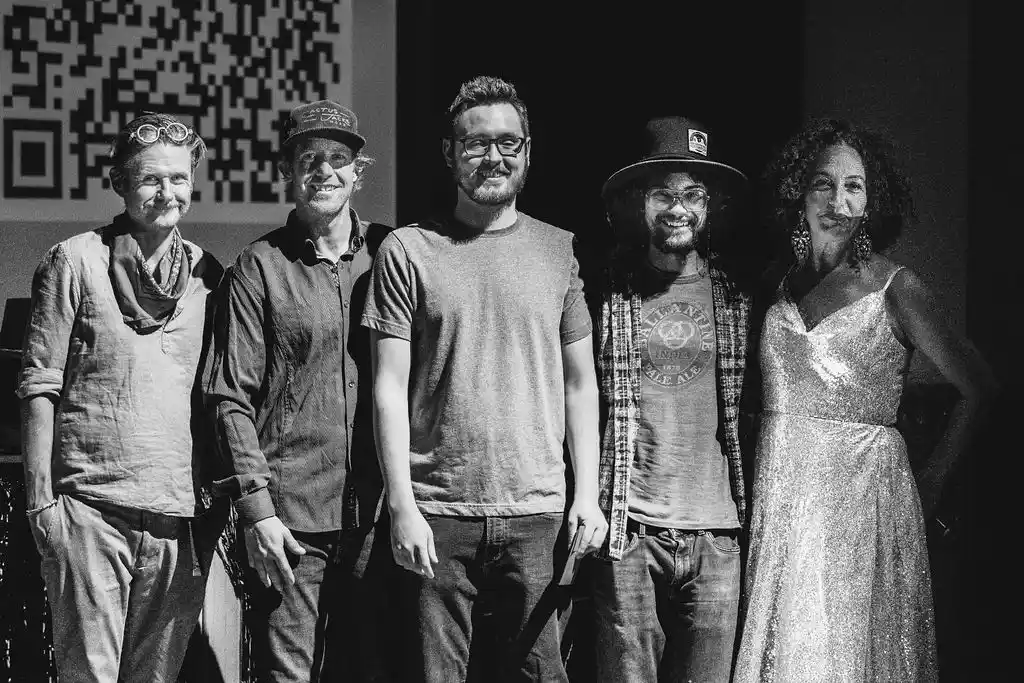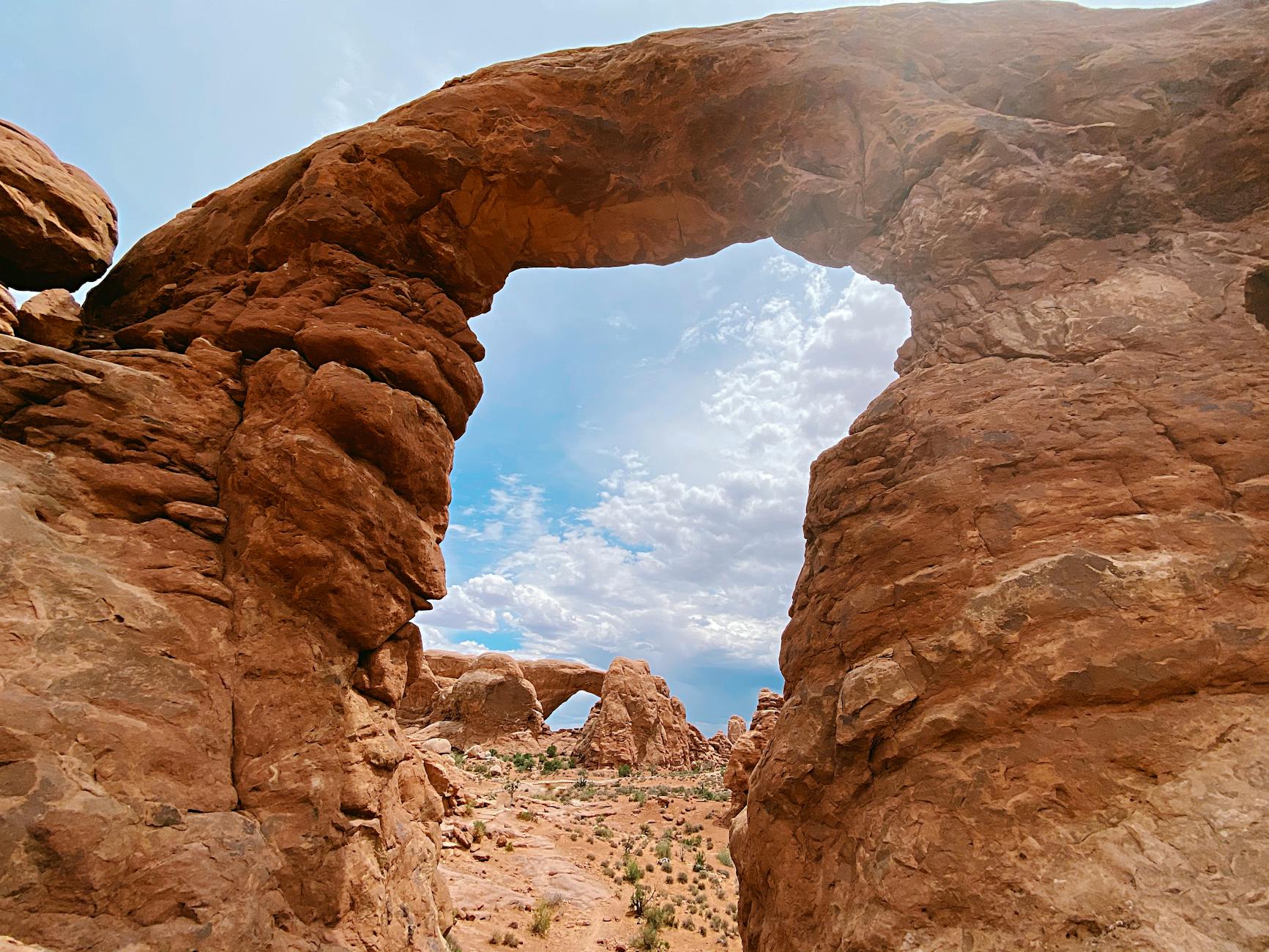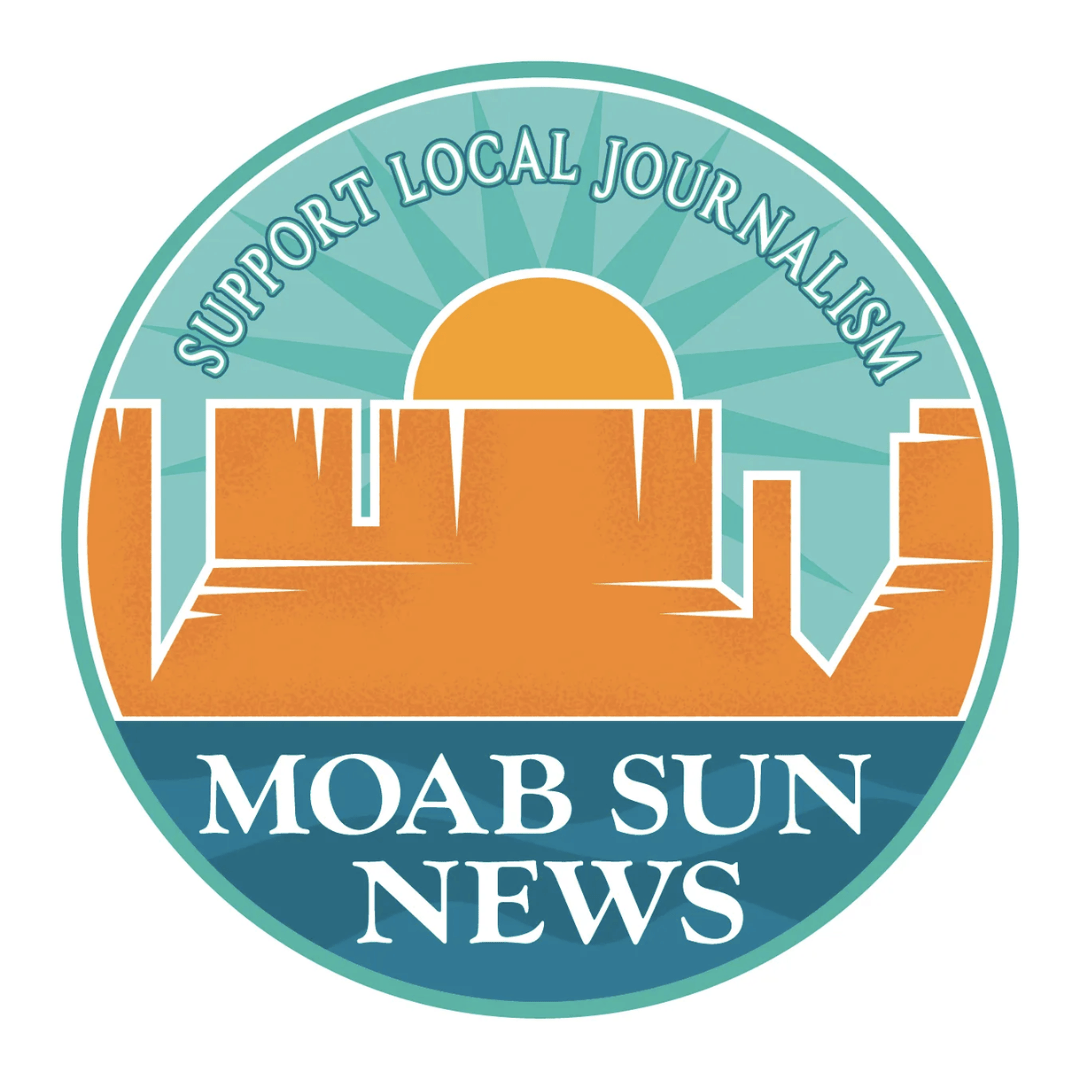Downtown Moab is a small place with big city traffic problems.
Even in the summer heat of July, pedestrian traffic on Main Street is often higher than it is in downtown Salt Lake City, and peak freight truck traffic is about three times the average that transportation planners would expect to see.
Add more and more visitors from around the world to the mix, and the city is faced with the likelihood that heavy traffic patterns – like those seen over Memorial Day weekend – will become more commonplace, unless state and city officials plan ahead.
“I think that one thing we’ve been thinking about in the back of our minds is, this is the way it’s operating today, and it’s working OK, (but) things are only going to get worse in the future,” Lynn Jacobs told the Moab City Council this week.
Jacobs, an associate with the transportation planning and traffic engineering consultant Fehr & Peers, said recent studies have shown that the current system of traffic controls is generally doing what it’s designed to.
“What we’ve identified as we’ve done our analysis is, for the most part, it actually works fairly well – except for when it doesn’t,” he said during the council’s meeting on Tuesday, Aug. 25.
One obvious time the system failed was over the Memorial Day weekend, when – in Jacobs’ words – things “really went wrong,” and the drive from one end of Main Street to the other took up to 30 minutes.
Many people who were stuck in traffic that weekend were on their way to Arches National Park, and Jacobs said the projected increase in visitation to national parks in the area is likely to have a continued impact on Moab’s central core.
“We know that visitors going to the nearby national parks are on the rise in a dramatic way, and so we expect that you’re going to be a lot busier downtown,” Jacobs said.
Jacobs said that Utah Department of Transportation (UDOT) officials and their consultants are currently at the “throwing spaghetti at the wall” phase, and emphasized that they welcome any ideas that city officials may have to improve the traffic flow.
One of those suggestions came in the form of an often-repeated criticism about two year-old flashing yellow light signals at the intersection of Main Street and 200 South.
Although the signals are at a marked crosswalk, drivers on Main Street frequently pass right through them as the lights are flashing, and they don’t stop for pedestrians who have the right-of-way. In other instances, pedestrians remain frozen at the corner of the intersection, even after the lights have begun to flash and vehicular traffic has come to a stop.
Moab City Council member Kirstin Peterson said the blinking yellow lights mean different things to people from different places. As an alternative, she suggested that the signal at the intersection should be red – one of the potential options that Jacobs brought to the council’s attention.
“I just feel like those situations are so potentially dangerous as they stand,” Peterson said. “Everyone’s confused, and it’s just a matter of time (before there’s an incident).”
Since many visitors are coming from all over the world, Moab Mayor Dave Sakrison suggested that UDOT could install multilingual traffic signs that help drivers and others understand what they’re supposed to do.
Even then, Jacobs said that planners and engineers have to consider that local traffic signals and laws might be unfamiliar to many visitors, whether they’re from other countries, or other parts of the U.S.
“If we throw a new or innovative concept at them, sometimes they’re going to have a real challenge with that, because they have a hard enough time just negotiating the traffic laws that we do have,” he said.
In terms of other specific ideas, Peterson suggested that UDOT could add a strategically placed traffic signal that allow drivers to make left-hand turns from Main Street onto 100 South.
“I think that if we’re going to consider even just one left arrow signal, I think that would be the spot,” she said. “Because that’s like the most common way to get over to that part of town, and … with the creeks going through, you can’t get over there until that point.”
Moab City Councilman Gregg Stucki sees a need for a similar left-hand turn arrow two blocks to the north, which would allow southbound traffic on Main Street to turn left onto 100 North.
“I think it’s kind of the same thing from the other end of town,” he said.
As engineers and planners review those ideas, Jacobs said they must be aware of the potential tradeoffs that are involved. For instance, officials must consider the possibility that any steps to make-left hand turns easier could simultaneously make it harder to keep Main Street traffic flowing in an orderly line of vehicles.
“The problem is it makes the progression more challenging, because we’re taking time away from the main street to get that left-turn movement,” he said.
Sakrison said he thinks that many of the congestion-related issues downtown could be solved if the often-crowded north end of Main Street is widened from two to four lanes.
“A lot of this is aggravated by that bottleneck,” Sakrison said. “I think if that were solved – if we get that four-lane road all the way up to the (Colorado River) bridge – then a lot of these issues just might alleviate themselves.”
Closer to the city’s hub, traffic intersections are generally spaced about 550 feet apart, which creates another set of challenges from a timing perspective, according to Jacobs.
Traffic engineers try to keep cars together in a big “platoon” that moves down the street together. But when urban intersections are spaced out at shorter intervals, Jacobs said it’s harder to keep that traffic running smoothly.
On the flip side, he said, the 550-foot spacing makes things tougher for the average pedestrian, because most people who are traveling on foot don’t want to walk that far out of their way to reach their destinations.
Some of them may try to jaywalk – which could create potential traffic hazards. When Jacobs and his team looked at traffic patterns in the area earlier this year, they found that there was a heavy mix of both pedestrians and freight trucks downtown.
“Some of the (pedestrian) counts we were getting are higher than downtown Salt Lake City,” he said. “So it’s really an urban environment for the pedestrians, which is difficult because freight and pedestrians don’t mix well. They’re definitely two modes that are kind of incompatible with each other.”
Freight truck traffic, meanwhile, has grown to about 30 percent of overall traffic moving through downtown Moab each day, and peak freight traffic is at 6 percent, compared to an average of about 2 percent.
“I’ve done studies for the last eight-and-a-half years, and I’ve never seen a peak-hour freight volume that high on an arterial like this,” Jacobs said. “That’s very, very out of the norm.”
City council workshop follows record Memorial Day congestion
I think that one thing we’ve been thinking about in the back of our minds is, this is the way it’s operating today, and it’s working OK, (but) things are only going to get worse in the future.





